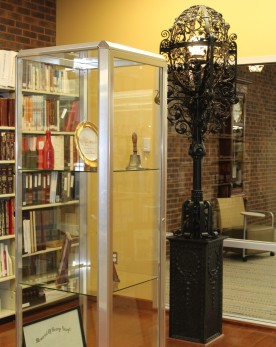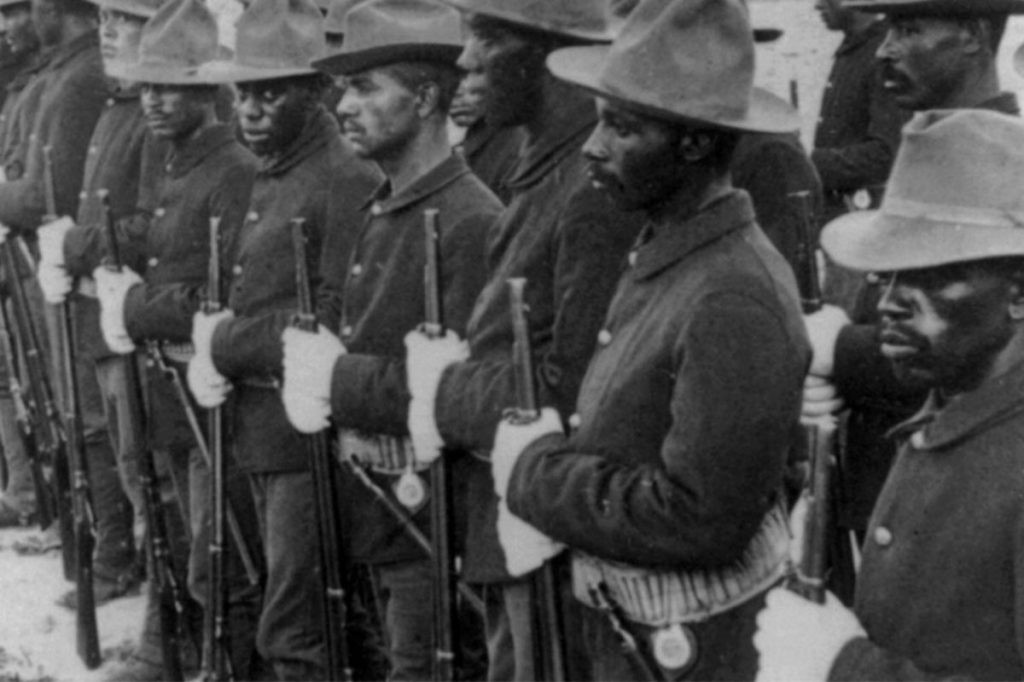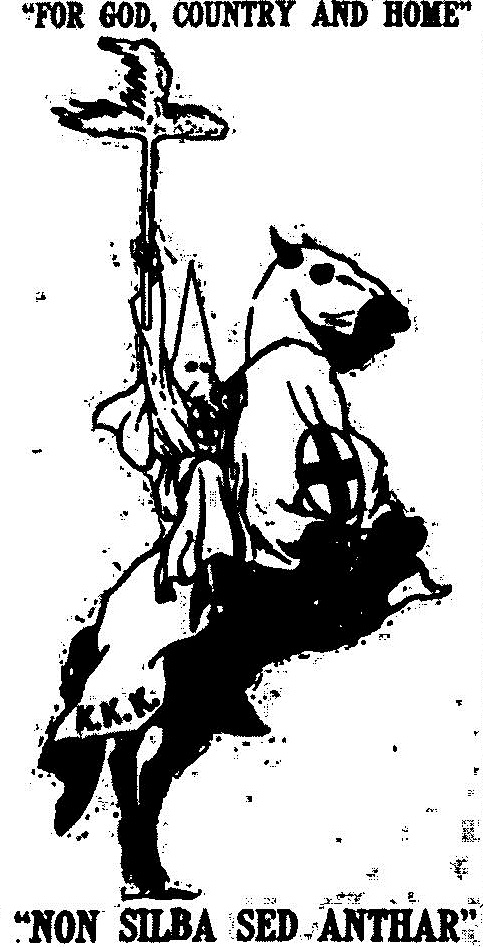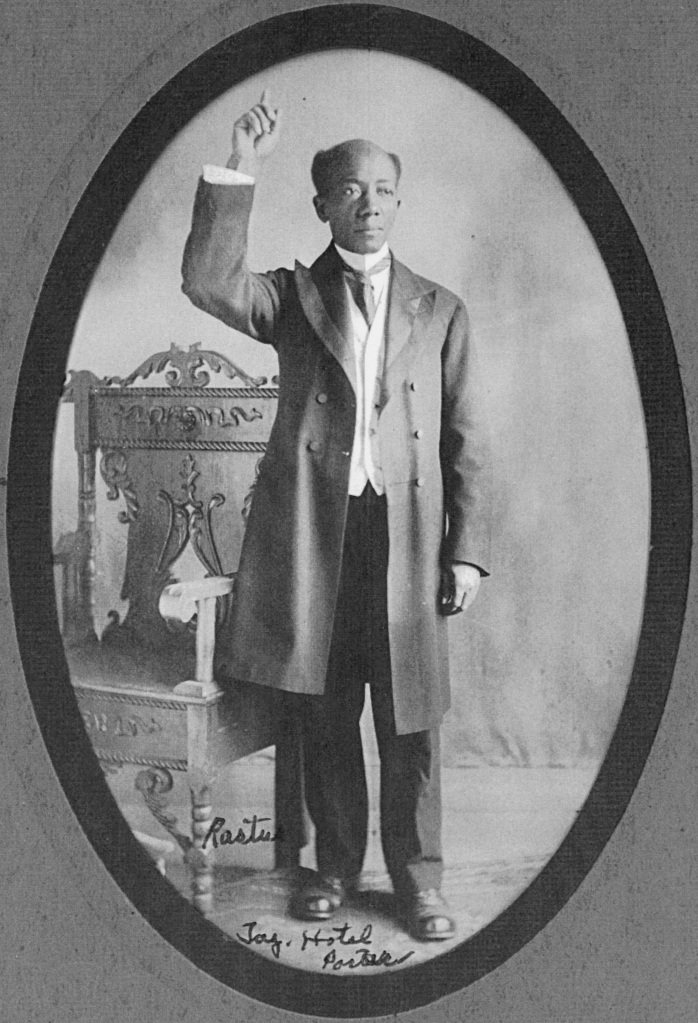By Jared L. Olar
Local History Program Coordinator
The historic structure at the southeast corner of Court and Fourth streets in Pekin’s old town – at 400-402 Court St. – is known as the Frings Building, a name that derives from Charles V. Frings (1906-1977), a notable businessman in Pekin’s old town during the 20th century. The Frings Building itself is much older than its namesake, however, having been erected in the mid-1880s.

The 1861 Root’s City Directory of Pekin shows that the brothers John Herget and George Herget then had their J. & G. Herget dry goods store at the southeast corner of Court and Fourth. Ten years later, though, the 1871 Sellers & Bates city directory shows that J. & G. Herget had moved catty-corner to the northwest corner of Court and Fourth. In its place, we find a boarding house and saloon called the Arbeiters Heimath (German for “Workers’ Home”), run by another pair of German immigrants named Louis Zuckweiler and Henry Hoerr (1845-1901).

Hoerr again appears a sole proprietor of the Arbeiters Heimath in the 1876 Pekin city directory, at which time the building was numbered 502-504 Court St. Also listed at 504 Court St. (today’s 402 Court) that year was the barbershop of William Lauterbach (1845-1926). The Arbeiters Heimath building can be seen on an 1877 aerial-view map of Pekin.
By the mid-1880s, however, that building was replaced by the current structure, as indicated by the 1885 Sanborn Fire Insurance Map of Pekin and the 1887 Pekin city directory. What is today known as the Frings Building was built during those years and was originally known as the Keller Building, after its first owner Mrs. Margaret Keller. The first occupants were the German-American National Bank at 400 Court St., which was founded 10 Aug. 1887, and the Albertsen & Koch furniture store at 402 Court St., which opened at that address just nine days earlier. (The 1876 city directory mentions Albertsen & Koch, but unhelpfully fails to provide the business’ address that year!)




Both the bank and the furniture store quickly became prominent landmarks of Pekin’s community life, with the German-American National Bank later becoming First National Bank and Trust Company of Pekin (and later AMCORE Bank). Albertsen & Koch, owned and operated by Albert H. Albertsen (1856-1928) and Henry Louis Koch (1845-1935), was for a time Pekin’s most successful furniture store. Albertsen & Koch continued to operate from the 402 Court St. storefront until about the turn of last century, last being listed at that address in the 1898 city directory. After that, the furniture store moved to 424-428 Court St. German-American National Bank remained at its original address until 1916, when it relocated to 418 Court St. – so the bank and the furniture store were next-door neighbors again.
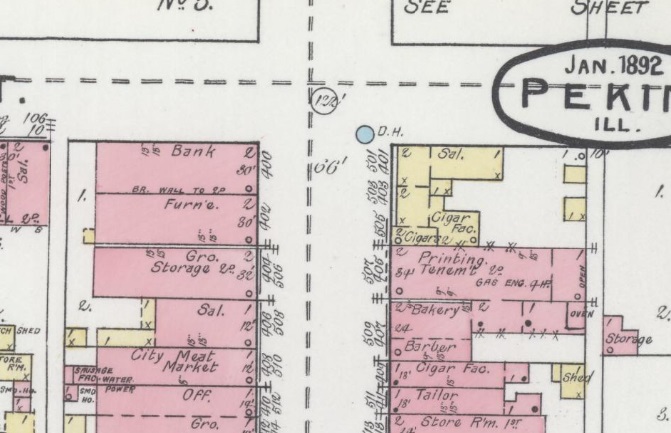






After the bank’s move, we next find in the 1922 city directory that Louis Wieburg’s auto accessories store had located at 400 Court St. Meanwhile, after the departure of Albersten & Koch for its new home further up the block, Louis Mandel and Max Bower opened a store they called “The Fair” at 402 Court St. Mandel & Bower’s The Fair first appears at that address in the 1904 Pekin city directory. By the 1909 directory, Bower was listed alone as The Fair’s proprietor. Max Bower’s store continues to appear up to the 1914 directory, but by the time of the 1922 Pekin city directory Bower’s The Fair had been succeeded at 402 Court St. by one of the best known downtown businesses of Pekin’s days of old: The Princess!


The 1974 Pekin Sesquicentennial volume, page 41-42, offers the following five-paragraph history of the Princess confectionary:
“A brief history of ‘The Princess’ – the student hang-out from 1919 to 1950, might best serve to recreate the spirit of the downtown section in which these early stores were located. The Princess was a candy kitchen at 402 Court Street founded and operated by the Beres brothers: Chris (1893-1950), Pete (1896-1968), and Harry (1898-1974) (known as ‘John’ to his student customers). They had migrated to Pekin from Kolinas, Greece.
“It used to be standing-room-only in the Princess on nights of high school football and basketball games. When the 18 booths and fountain area were filled, the door would be locked. Latecomers stood in line outside, entering only as others left. The old, three-digit phone number of the Princess (183) was the most-used in town as parents, awaiting overdue children, would call to summon them home.
“Holidays at the Princess were a Pekin tradition. At Christmas the specialty was candy canes and ribbons, while the Easter feature was chocolate eggs (including a massive 30-pounder). Local schools would bring classes down to observe the candy-making process. (Pete was the resident expert.)
“Other specialties popular with generations of Pekinites were the caramel apples and the ‘pop-eye’ ice cream cups. Pete brought the taffy apple recipe back from a trip to Washington, D.C. in 1920. The Princess introduced it to Pekin (perhaps to the state of Illinois), and it soon became as much of an autumn tradition as football. ‘Pop-eyes,’ introduced in the 1930s, were half-pint ice cream cups sold for 5 cents. They became so popular that the Princess entered into a million-cup contract with a national cup manufacturer.
“In 1927, the Princess added to its popularity by installing a juke box. But that symbol of progress came with an era of mass production and huge confection companies with signaled the end of the Princess and many of her counterparts. The old marble fountain and candy cases disappeared – taking with them another of the personal touches that helped fashion the character of the old home town.”
At the end of the 1940s, the Princess was acquired by Darrell D. McComas (1917-1963) and Jennie B. Glassford (1901-1966), who are listed as proprietors in the 1950 and 1952 city directories. By the time of the 1955 directory, though, the Princess had been acquired by Charles R. “Chuck” Zehren (1920-2009), who changed the store from a candy kitchen to a coffee shop restaurant. But with the close of the 1950s came the end of the Princess.
During the years of The Princess’ reign at 402 Court St., the storefront at 400 Court St. saw a brief succession of businesses. Wieburg’s auto accessories store didn’t last long there, because in the 1924 directory we find Hackler Bros. drug store there – the Hackler brothers being John Byron Hackler (1898-1991) and George Roscoe Hackler (1892-1956). Hackler Bros. operated from that corner until the mid-1930s, when the drug store moved directly across street to 401-403 Court St. (Another Hackler Bros. store was also briefly listed in the Farmers National Bank building at 335 Court St. in the 1930 directory.)
After Hackler Bros. moved, the 1937 Pekin city directory shows 400 Court St. to have been vacant. In the 1939 directory, we find Jacob P. Martin as proprietor of Yvette’s women’s wear, which did not last long. The 1943 directory again shows 400 Court St. as vacant.
Then in the 1946 city directory, we find Raulston Harvey “R. H.” More (1888-1948) as manager of the Firestone Store at 400 Court St. More had come from Pennsylvania to Pekin in 1945. After a brief stint at the Firestone Store, More decided to open a variety store at 400 Court St. that he named, quite simply, More’s Store. Following his death, his children R. H. More Jr. (1913-2000), known by his nickname “Bud,” and Ruth More, along with his widow Lillian, continued to operate More’s Store. About the mid-1950s they even briefly ran a southside branch at 900 Derby St. known as More’s South Side Store.
Bud More became one of the most prominent and influential pillars of Pekin’s community life, and served as head of the Pekin Chamber of Commerce for nine years. He continued to operate More’s Store until the end of the 1960s, when he retired and closed his shop to become publisher of the Pekin Daily Times. More held the post of Times publisher until his retirement in 1980. The R. H. More Community Room at the Miller Senior Center is named in his honor.
Back-tracking to the closing of the Princess, with the departure of the Princess we next find the Celestial Loan Co. at 402 Court St., operated by Steve P. Budisalich, president and manager, Charles V. “C. V.” Frings, vice-president, and Mrs. Marcella Ruth (Bishop) Aulinskis (1918-2008), secretary. By the mid-1960s the firm’s name was changed slightly to Celestial Credit Plan Inc. By the time of the 1974 city directory, we find that Helen M. Budisalich had replaced Aulinskis as secretary and vice-president.
Celestial Credit Plan continued at that address until the mid-1980s, when it was succeeded there by Harry D. Willmert’s Personal Finance Co. Inc. – but by the 1988 city directory 402 Court St. was vacant, and remained so until 1990, when the Pekin Area Chamber of Commerce moved into the former premises of the Princess – right next door to the storefront where one of the Chamber’s past leaders had had his store. The Pekin Area Chamber of Commerce’s offices are still located at 402 Court St. to this day.
After More’s Store closed at 400 Court St., that storefront remained vacant until the latter 1970s. In the 1977 city directory, we find Jerry Davis’ Comfort Corner, which was followed in 1978 by Pekin Lighting Inc., operated by Robert L. Westrope, president, Richard W. Baker, vice-president, and Faye E. Westrope, secretary. That business too did not last long, being succeeded by the time of the 1980 directory by Neu Optical Co., Frank G. Taylor, optometrist., which by 1988 had become Weisser Optical Co. (later Weisser American Vision Centers), Henry C. Paweski, optometrist. Weisser closed in the mid-1990s, and 400 Court St. remained vacant until the turn of the millennium.
In the 2000 and 2001 Pekin city directories, we find White Buffalo arts-and-crafts supplies at 400 Court St. Then in the 2002 directory we find Joe Parkin’s White Buffalo jewelers alongside the B’Ribboned Etc. gift shop, which continued at 400 Court until 2006 when the city directory has no listing for 400 Court at all. From the 2011 to the 2019 directories, Alcohol & Drug Professionals was listed at 400 Court St., but that storefront has remained vacant since then, with the Pekin Area Chamber of Commerce and the Frings Building LLC offices now the lone occupants of the historic and storied Frings Building.
